Circa 2013
A type of thruster being tested in a NASA lab could help scientists unlock the key to making a ‘Star Trek’ inspired warp drive enabled starship.
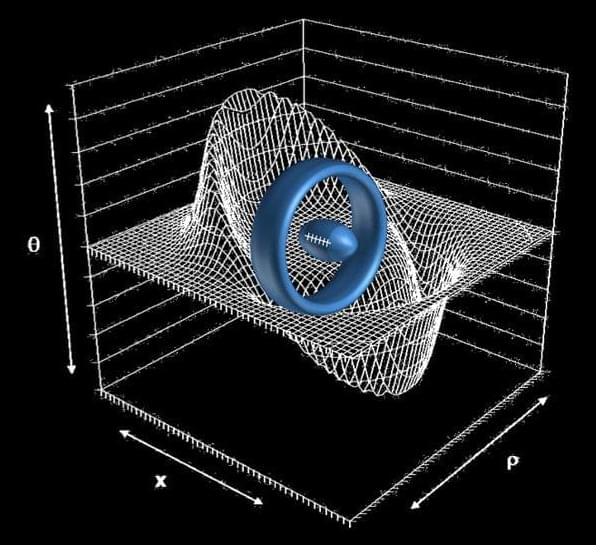
Applying Artificial Intelligence & Machine Learning In Drug Discovery & Design — Dr. Ola Engkvist Ph.D., Head, Molecular AI, Discovery Sciences, R&D, AstraZeneca
Dr. Ola Engkvist is Head of Molecular AI in Discovery Sciences, AstraZeneca R&D (https://www.astrazeneca.com/).
Dr. Engkvist did his PhD in computational chemistry at Lund University followed by a postdoc at Cambridge University.
After working for two biotech companies Dr. Engkvist joined AstraZeneca in 2004. He currently leads the Molecular AI department, where the focus is to develop novel methods for ML/AI in drug design 0 productionalize the methods and apply the methods to AstraZeneca’s small molecules drug discovery portfolio.
Dr. Engkvist’s main research interests are deep learning based molecular de novo design, synthetic route prediction and large scale molecular property predictions, and he has published over 100 peer-reviewed scientific publications.
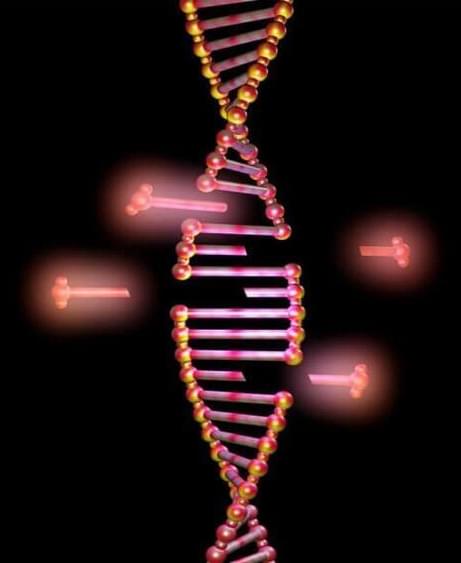
Thanks to CRISPR, gene therapy and “designer babies” are now a reality. The gene editing Swiss army knife is one of the most impactful biomedical discoveries of the last decade. Now a new study suggests we’ve just begun dipping our toes into the CRISPR pond.
CRISPR-Cas9 comes from lowly origins. It was first discovered as a natural mechanism in bacteria and yeast cells to help fight off invading viruses. This led Dr. Feng Zhang, one of the pioneers of the technology, to ask: where did this system evolve from? Are there any other branches of the CRISPR family tree that we can also harness for gene editing?
In a new paper published last week in Science, Zhang’s team traced the origins of CRISPR to unveil a vast universe of potential gene editing tools. As “cousins” of CRISPR, these new proteins can readily snip targeted genes inside Petri dishes, similar to their famous relative.
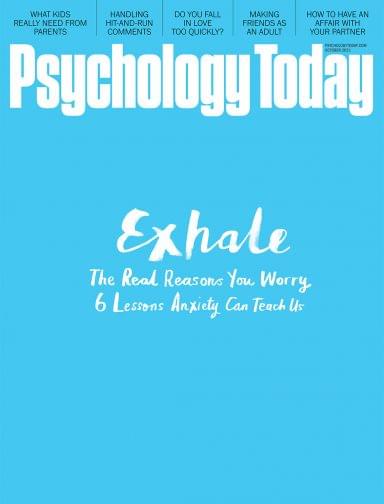
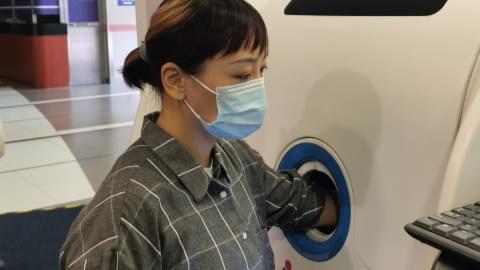
Have to admit this nurse has Kahunas. Not sure I would have the guts to put my arm in that hole.
Shanghai’s first intelligent blood collection robot has started operations at Zhongshan Hospital.
The robot can take the place of a nurse to handle blood sample collection, the hospital said.
The robot will check each person’s blood vessel condition to make an intelligent decision on the position, direction and angle of the needle to ensure safety and accuracy as well as control pain.
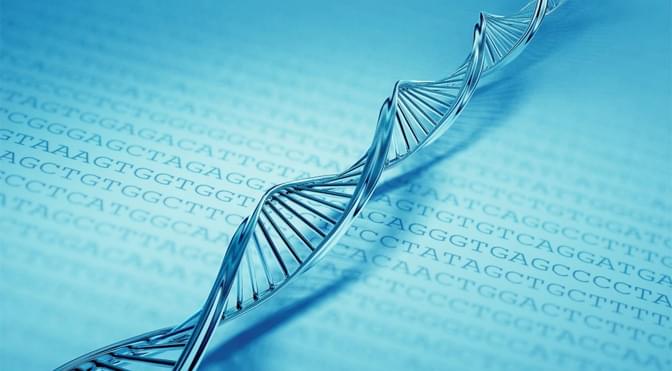
Circa 2012.
A bioengineer and geneticist at Harvard’s Wyss Institute have successfully stored 5.5 petabits of data — around 700 terabytes — in a single gram of DNA, smashing the previous DNA data density record by a thousand times.
The work, carried out by George Church and Sri Kosuri, basically treats DNA as just another digital storage device. Instead of binary data being encoded as magnetic regions on a hard drive platter, strands of DNA that store 96 bits are synthesized, with each of the bases (TGAC) representing a binary value (T and G = 1 A and C = 0).
To read the data stored in DNA, you simply sequence it — just as if you were sequencing the human genome — and convert each of the TGAC bases back into binary. To aid with sequencing, each strand of DNA has a 19-bit address block at the start (the red bits in the image below) — so a whole vat of DNA can be sequenced out of order, and then sorted into usable data using the addresses.

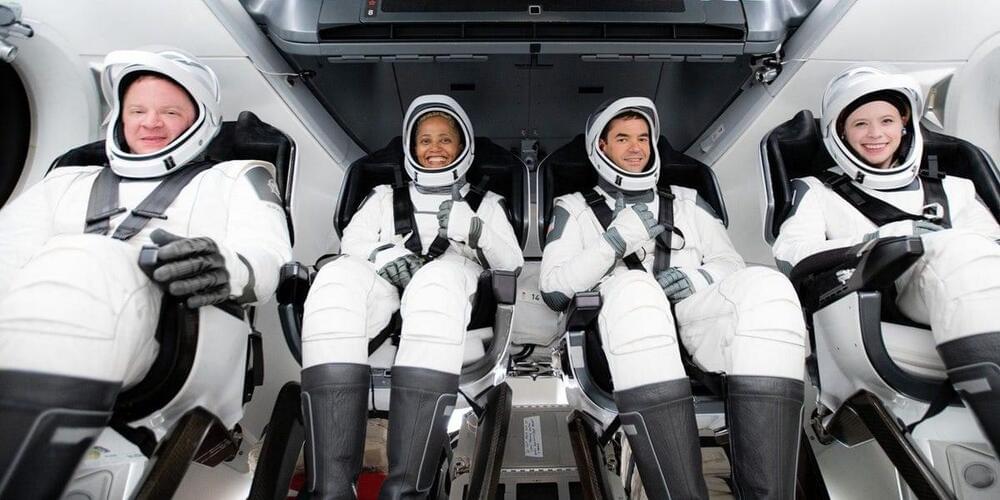
This glass dome is where the toilet is, crew member Jared Isaacman, who purchased the four seats for the mission, told Insider’s Morgan McFall-Johnsen in July.
SpaceX CEO Musk tweeted on Thursday that he had spoken with Isaacman, Hayley Arceneaux, Sian Proctor, and Chris Sembroski, the four people on board.
“All is well,” Musk said in his Twitter post. He didn’t mention what was discussed.
Join us on Patreon!
https://www.patreon.com/MichaelLustgartenPhD
Levine’s Biological age calculator is embedded as an Excel file in this link:
